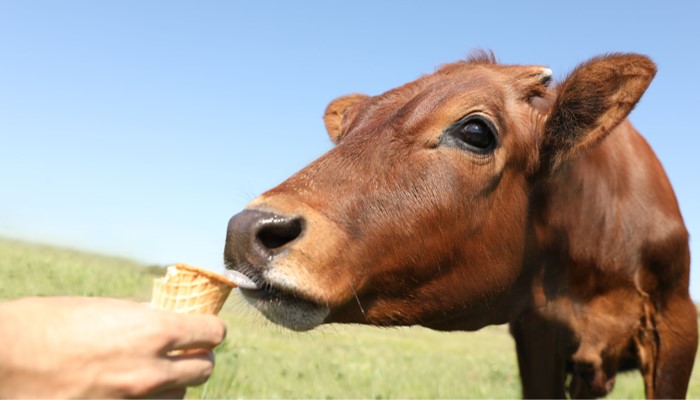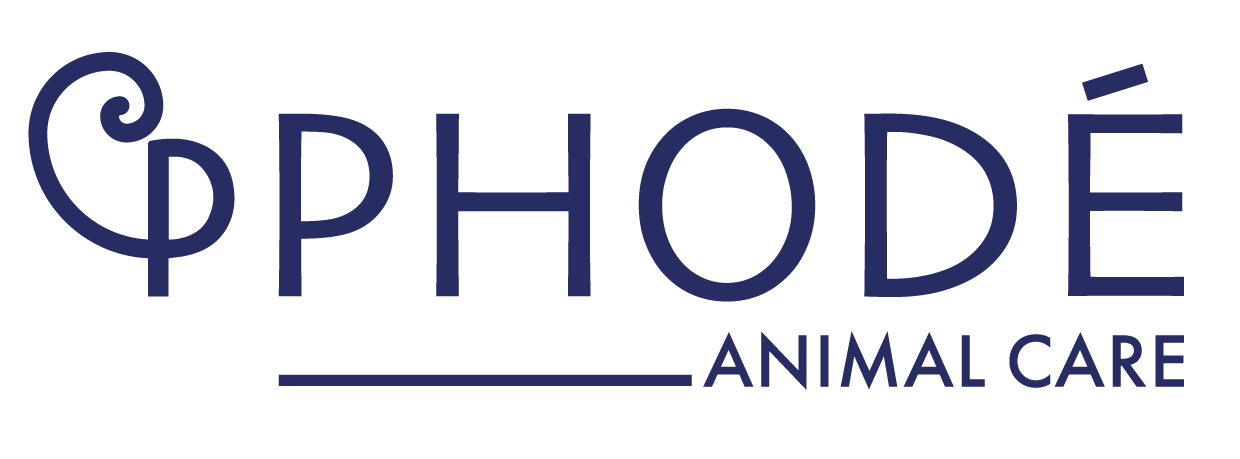The formulation of a feed is at the service of the animals’ performance: providing them with a balanced feed, the consumption of which will provide them with all the necessary elements, in the right dosage, to meet their needs and ensure their production.

To formulate, to reformulate: why do it?
In order to propose feeds with nutritional profiles that meet the needs of animals, a formulation takes into account many different parameters:
- The stage and physiological needs of the animals (each stage has its own formula)
- The composition of the available raw materials – energy sources, proteins, etc.
- The technological limits of the manufacturing process
- Formulation is always done at the lowest cost, but it is sometimes necessary to accept costly constraints.
- Premixes (minerals and vitamins and other additives) are generally imposed in the formula (they are also formulated, but separately).
The availability of ingredients varies according to market fluctuations, the regulatory framework, crop volumes and quality of cereals. The nutritional characteristics of cereals are constantly changing. Indeed, a wheat remains a wheat, but is different depending on the harvest, its origin, its position on the sun, etc. The (re)formulation takes these variabilities into account to always give a feed that provides a stable and adapted nutritional balance. It also makes it possible to avoid repercussions on the cost of the feed and thus maintain the most stable price possible.
The recipe or composition of a feed is not fixed in time. The nutritional composition alone is guaranteed for a given stage, but it also varies from one stage to another. A feed is therefore not fixed in time and requires, more or less regularly depending on its nature, adaptations of the formula. It is essential and necessary to make these changes to the formula on the same feed. Why and how does this affect the “consumption” of animal feed?
High-performance animals!
We humans already perceive and appreciate all the tastes and smells of our dishes and beverages. What about animals? Let’s take a little diversion on the side of physiognomy: with more than 20,000 taste buds and a hundred square centimetres of olfactory epithelium, ruminants and pigs are gifted in terms of taste and smell and leave us far behind. By the way, birds defend themselves very well by presenting a surface olfactory epithelium similar to ours…
Every change in formulation, whether in the proportions of components or in the origin of the raw materials, is therefore perceived by the animals. How do they react to these changes? The animals reduce their consumption: the novelty is frightening. Admittedly, the decrease in ingestion will be over a short period, but this decrease may be sufficient to impact future performance. And what can be said when these decreases in consumption accumulate throughout the production cycle (at each feed transition, for example)?
How can optimal consumption be maintained despite reformulations?
Don’t panic, if (re)formulation is a necessary step, a number of solutions exist to reduce the resulting drops in intake.
For example, a dietary transition period, by taking the food already received with the freshly received food, can facilitate the transition to the new batch of food and avoid too great a drop in intake between the two. This proven method is not always easy to organise.
Another possibility, aromatic solutions to be incorporated into the feed also make it possible to avoid a drop in intake between two batches. On this last point, the use of flavours has sometimes been perceived as a ploy to opacify the movement of formulas behind. Quite the contrary: reformulations, as we have seen, are absolutely necessary to balance the feed as closely as possible to the animals’ needs. Aromatic solutions simply and easily help the animals to maintain their consumption even if the feed composition changes, in order to make the most of their feed.
The formulation allows to focus on the nutritional balance of a feed and its adequacy with the physiological needs of the animals. Securing feed intake remains the responsibility of the aromatic solutions, which must be specifically developed to suit the different species, their physiological stages, and the needs of the feed… And yes! On this last point, the time between production and feed intake must be taken into account, as well as the effect of granulation, among other parameters.
Flavourings for animals make it easier for them to accept reformulations. So when they say that flavours are just marketing… We should think about our end customers, the animals! Flavourings, they LOVE them!












